1887 St. Paul's by the Sea Episcopal Chapel
Introduction
Text-to-speech Audio
St. Paul’s By-the-Sea Episcopal Church was built in 1887 in Pablo Beach (now Jacksonville Beach) at Second Street and Second Avenue South. The Carpenter Gothic style of the church was popular in the seventeen "River Churches" planted in the same era around the St. Johns River, eleven of which have survived. The church is one of the oldest surviving historical structures at the beach. It is also the most moved, having been planted in four locations, two in Jacksonville Beach and one in Neptune Beach. Its final move was from Neptune Beach to this location in 2012. The deconsecrated church is now known as Beaches Chapel and is available for rental.
Images
1887 St. Paul's by the Sea Episcopal Chapel
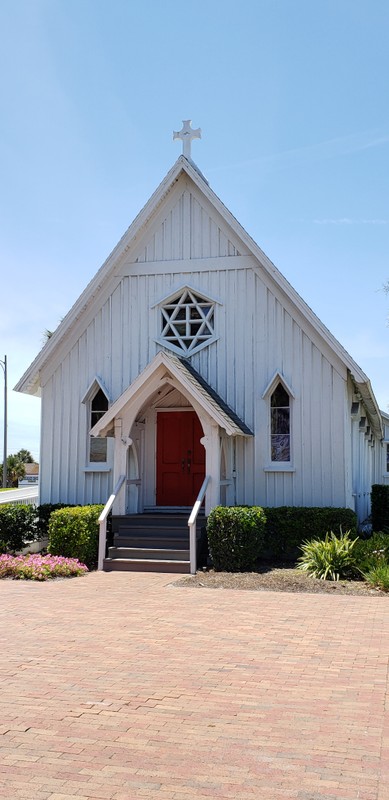
Chapel Star Window
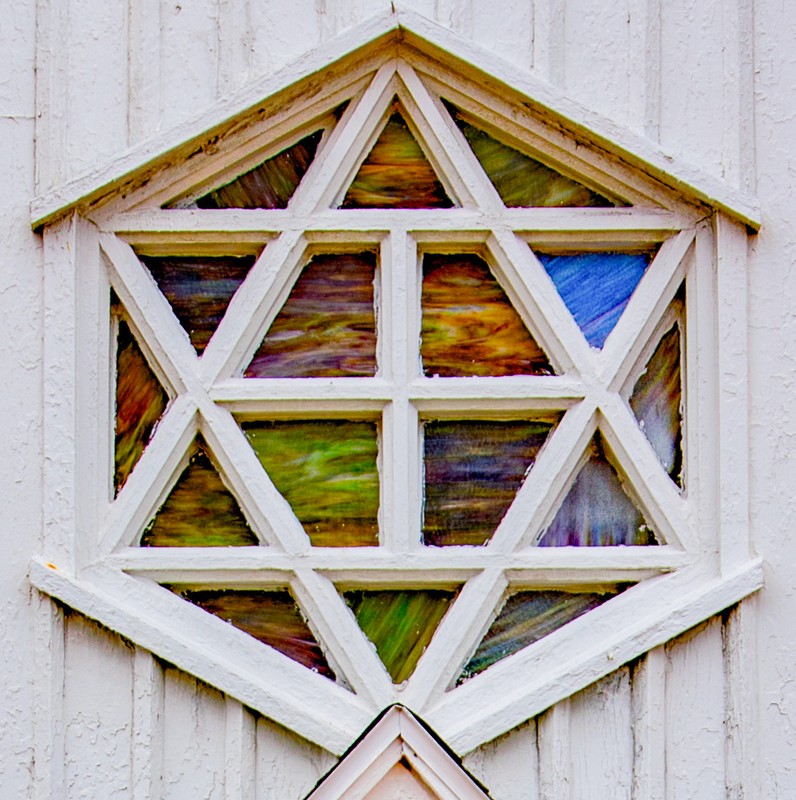
Red Chapel Door
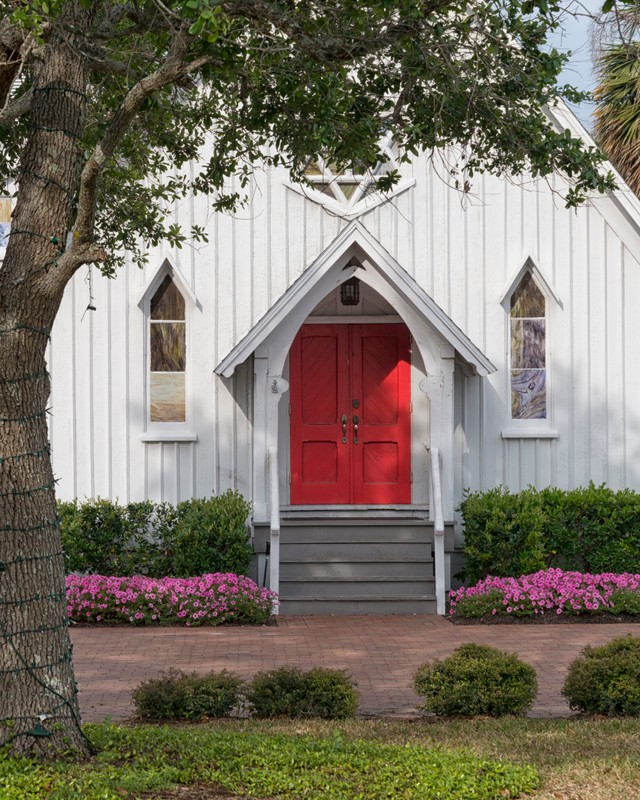
Chapel Interior
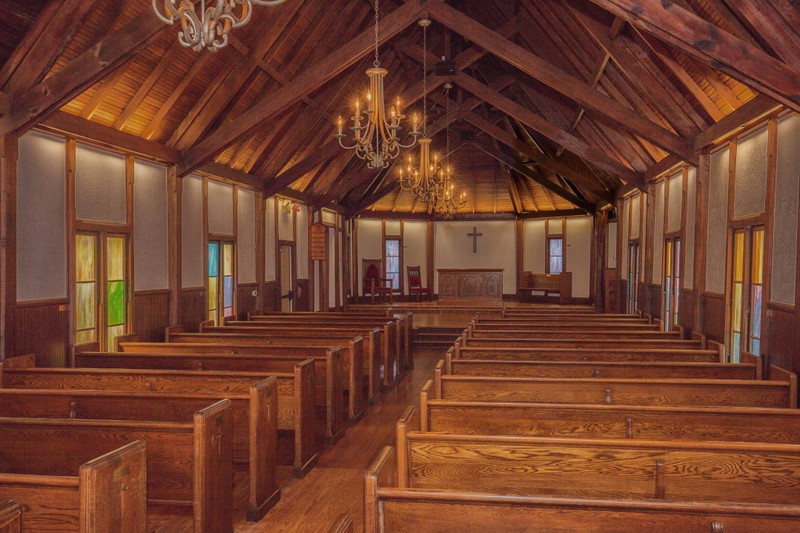
Chapel Altar
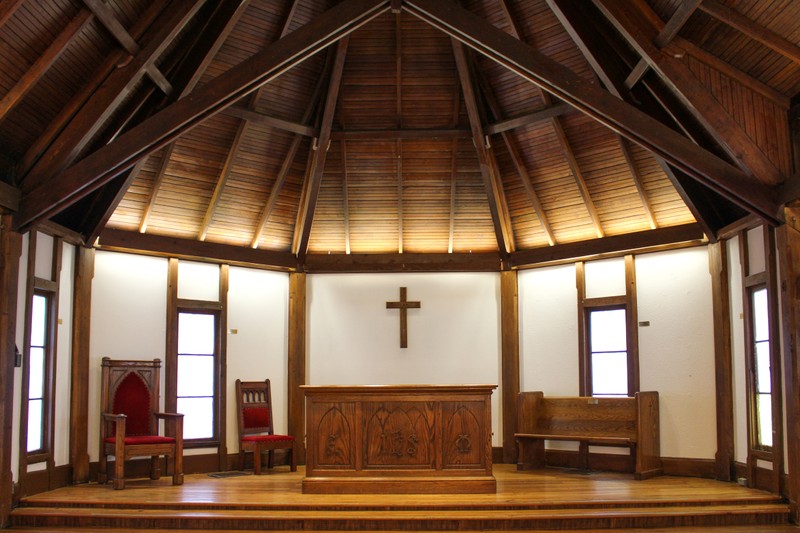
Original location. 1932 Dedication of Lindbergh Memorial to Children. Church was then located at the corner of 2nd Street and 2nd Avenue, South, in Jacksonville Beach.
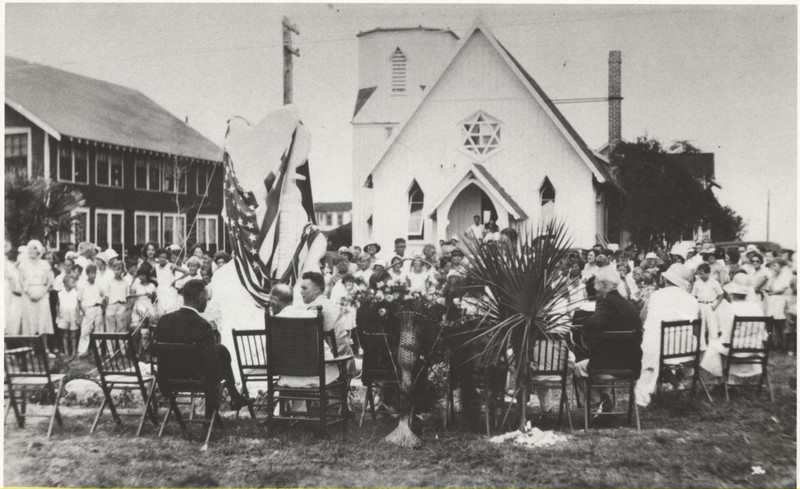
This 1955 photograph shows the church in its second location at 11th Avenue North and 5th Street in Jacksonville Beach.
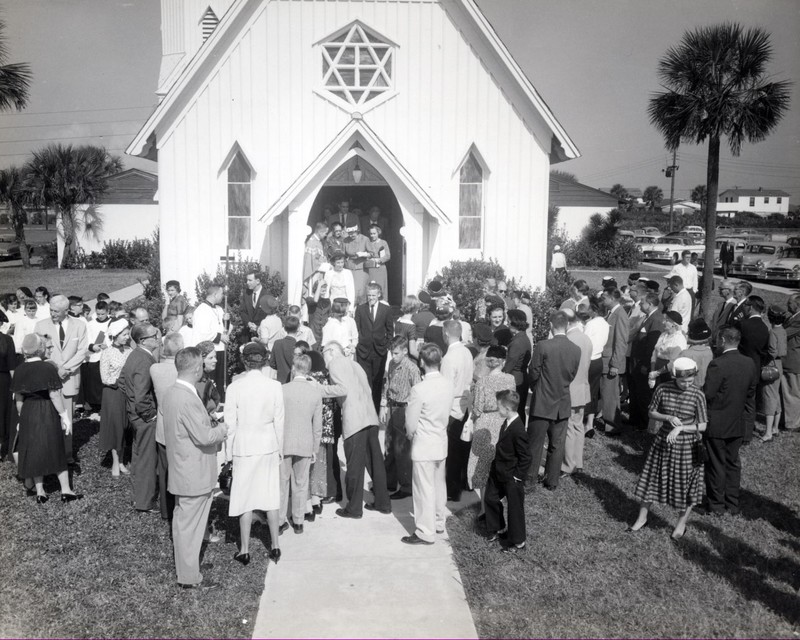
Church at its third location at 610 Florida Boulevard in Neptune Beach.
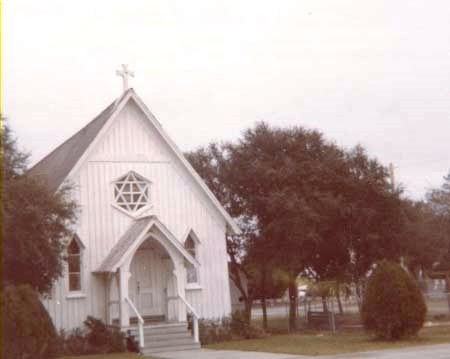
2012 move of church from Neptune Beach to Pablo History Park with campaign committee (and dog). Note the absence of the tower.
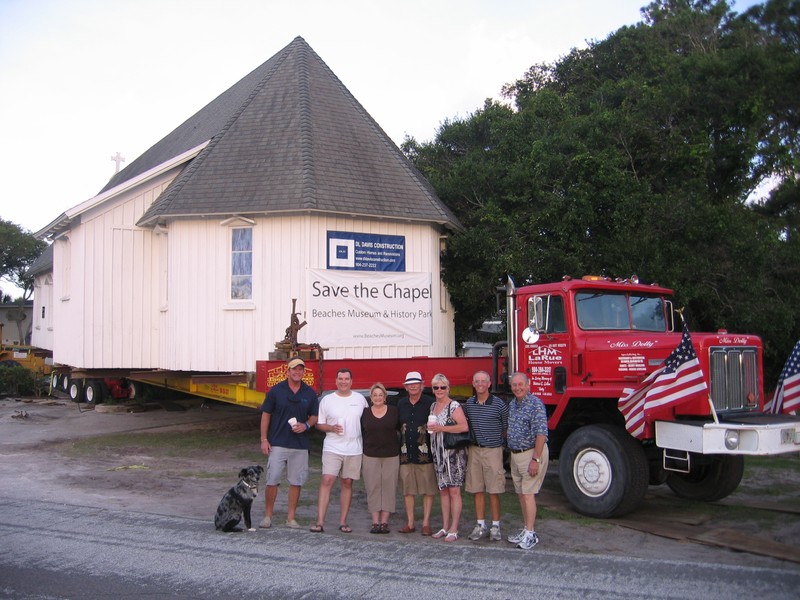
2013 Rebuilding of the tower.
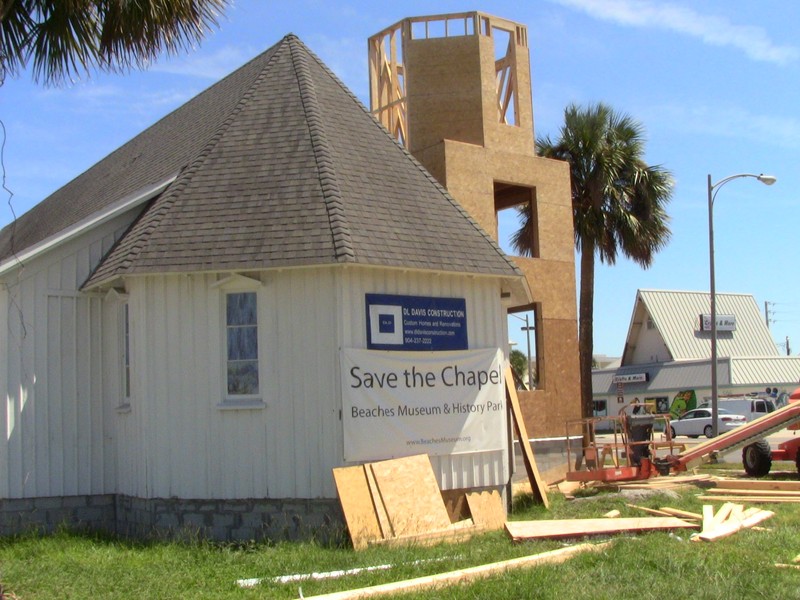
Backstory and Context
Text-to-speech Audio
Episcopalians originally met in the Murray Hall Hotel in Pablo Beach in 1886, but just for a short time as the church was built in 1887. There was great missionary zeal for Episcopal church planting in the area in the 1870s and 1880s. The Carpenter Gothic style was the most popular. Architect and Amelia Island resident Robert S. Schuyler used that style for the Pablo Beach church with its characteristic steeply pitched roof, cross-gables, decorated vergeboards, and pointed-arched windows.
The church was located at Second Street and Second Avenue South. In 1952, the congregation moved it to 11th Avenue North and Fifth Street in Jacksonville Beach. In 1970, the chapel was moved to 610 Florida Boulevard in Neptune Beach. Its final move occurred in 2012, when it came to its present location.
The stained glass windows are not original to the Chapel. Local lore has it that a priest after 1949 grew tired of the congregation being distracted by the ocean outside the windows and had the clear glass changed to marbled translucent glass. The six-pointed window above the door represents the Old and New Testaments.
The bell tower was originally on the north side of the building. Sometime while in Neptune Beach, the tower was removed. The Beaches Museum restored the tower with generous donations to the Save the Chapel campaign.
Currently, the Beaches Chapel is used for music concerts and lectures. It is also available to rent for events such as weddings and vow renewals, as well as religious services.
The Carpenter Gothic (CG) architectural is a style characterized by it’s distinctive use of wood in small, long, narrow churches with sharp triangular roofs constructed out of heartwood. The style began to grow in popularity in New England in the later 19th century with the help of renowned architect Alexander Davis who focused on designing secular structures such as home. It would be Richard Upjohn and Frank Wills, two British architects, that would popularize Carpenter Gothic churches in the American South. Upjohn’s 1852 book, Rural Architecture, laid out an outline of carpenter gothic churches that would become foundational for future churches designed in that particular style. During the Gilded Age, when the Episcopal Church was rapidly expanding and sending missions into the newly developing Florida, Bishop John Young was inspired by Upjohn’s design and quickly built similar churches all across the state.
The Carpenter Gothic style has its roots in the English Gothic style and was the product of the more traditional English variant mixing with American tastes and preferences in the 19th century. Even further back, the English gothic style was an offshoot of medieval designs for cathedrals. Carpenter Gothic churches still retain many of the conventions of their processors with slender profiles and acute angles although, as mentioned prior, they are built out of wood instead of the more traditional stone. While recognizable in its own right, Carpenter Gothic is considered an prolific example of vernacular architecture, being architecture that does not fall into an established architectural tradition and construction is conducted without professional guidance that has an overall focus on the needs of the community at large.
While there is still variety among Carpenter Gothic churches, most of them share a significant amount of features. Churches were painted either light brown or gray at their construction, but most have since been repainted white. Altars are placed at the liturgical east end of the church and the entrance is always at the altar’s opposite end. The entrance of the church typically features double leaf doors with a rough ‘A’ shape, also known as a gothic point. In the past few decades, many of these doors have been painted red to symbolize Passover. Stained glass quarry and figurative windows decorate the walls of churches, with newly build churches using various cloths as place holders until the expensive windows could be funded and completed. As for the interior, the ceilings are typically open with the ridge beam, rafters, purlins, and sheathing boards exposed. Fitting with the style’s compact design philosophy, floor plans are often rectangular while some use a more ancient cruciform pattern. A central aisle and bells placed somewhere in or around the church are also staples of the carpenter gothic style. Most of the churches built in this style are survivors and revivals of churches built in in the 19th century and those that remain today could have been easily recognized by their original congregations.
Cite This Entry
SBG on behalf of Beaches Museum, Clio Admin, and Beaches Museum. "1887 St. Paul's by the Sea Episcopal Chapel." Clio: Your Guide to History. July 31, 2024. Accessed March 31, 2025. https://theclio.com/entry/99431/tour/7
Sources
Beaches Area Historical Society - Beaches Museum and History Park. Extended and Standard Docent Guides. Additional Details. January 1st 2016.
Beaches Museum
Leslie Kirkwood
Jean Hull
Don Dymer
Liz Pierce
Beaches Museum
Beaches Museum
Beaches Museum
Andrew Morrow
Beaches Museum

